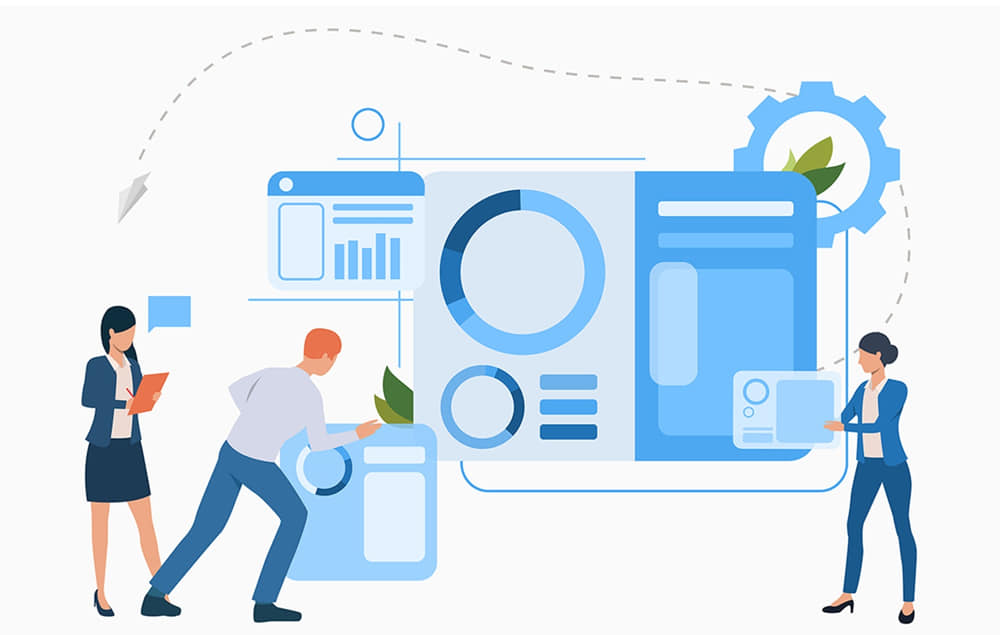

Backend API For Mobile Applications
– Eliminates boilerplate code.
– All within one model.
Together these benefits help developers build Native Mobile Apps faster with greater ease. Instead of worrying about REST API code semantics and dealing with security models such as OAUTH implementation, a developer only needs to learn three or so repeatable lines of code: connecting to the account, mapping to the collection and filtering down.
Of course, this is all dependent upon API providers offering an SDK, but nearly all have iOS, Android and JavaScript. SDK support for JAVA, .NET, Ruby, Ruby on Rails, Python, and Node.js is growing as well.
If you already have your own Data Source, you can bring-your-own backend with an API Gateway. Anglade believes this has the same ease of use and unified access control while still looking like a singular API.
Mobile Backend At Google Scale
Today’s best apps blend client and cloud into a single platform, creating highly responsive experiences for users backed by powerful computing resources remotely. Cloud Platform helps you strike this balance easily for your mobile backend, where non-interactive tasks get offloaded to Cloud Platform, resulting in improved battery life on mobile, lower bandwidth usage, and snappy client experience on mobile.
With App Engine, focus only on differentiating, high-level business logic using your favourite language. If you’re doing container-based development, try Container Engine powered by Kubernetes to automate deployment and scaling of your containerized applications. For developers with existing or legacy projects who want full control of bare VMs, Compute Engine offers high-performance VMs with industry-leading pricing and customizability. Use standard REST APIs or try the open source gRPC project for a lightweight data format used internally by engineering teams at Google.
- API Development Services
- CMS Development Services
- Custom Web Development Services
- Drupal Development Services
- JAVA Development Services
- Laravel Development Services
- NodeJs Development Services
- PHP Codeigniter Development Services
- PHP Development Services
- ReactJs Development Services
- Ruby On Rails Development Services
- WordPress Development Services
So what are you waiting for?
Contact us now and one of our representatives will contact you soon.




